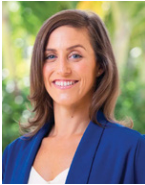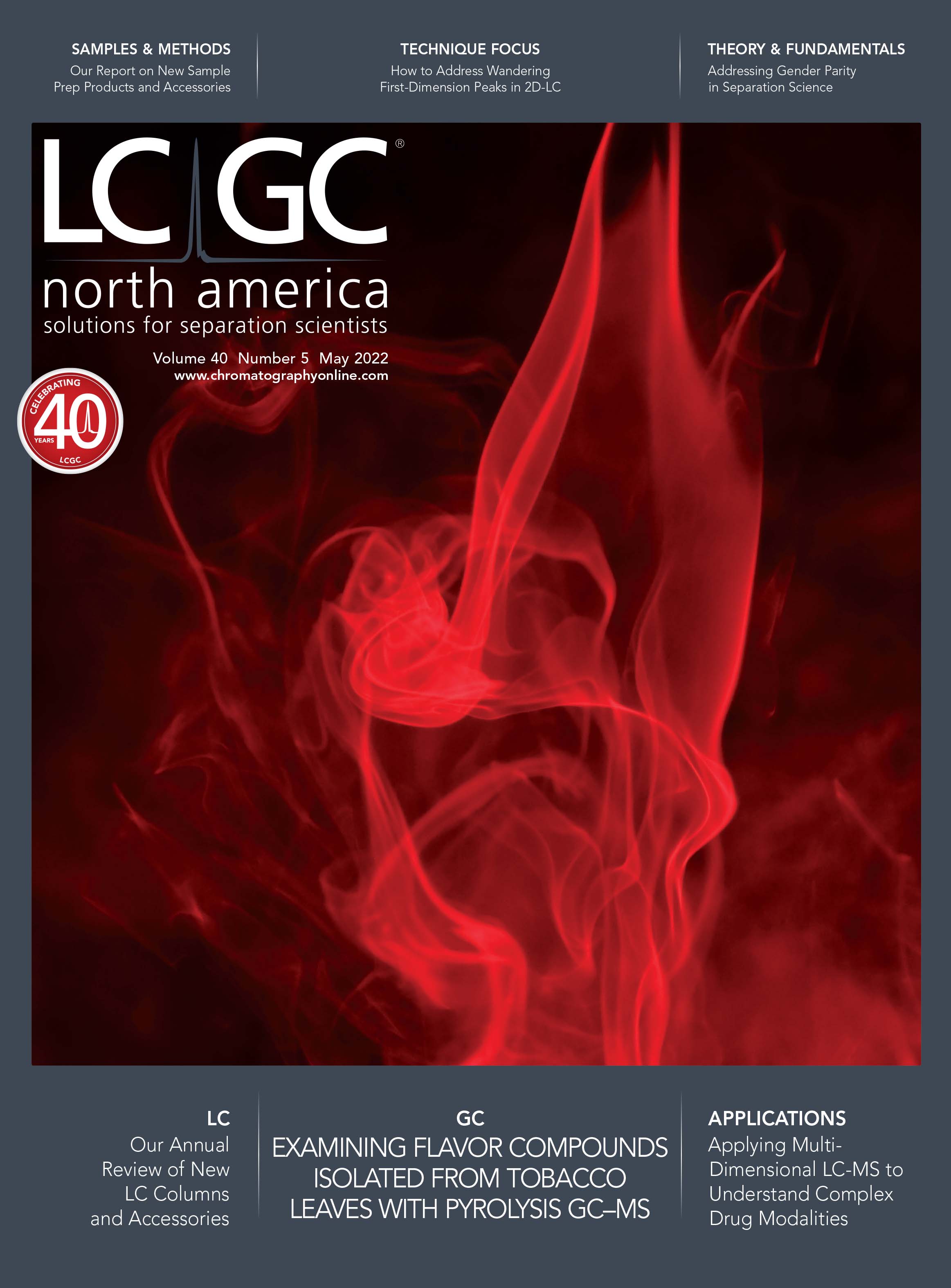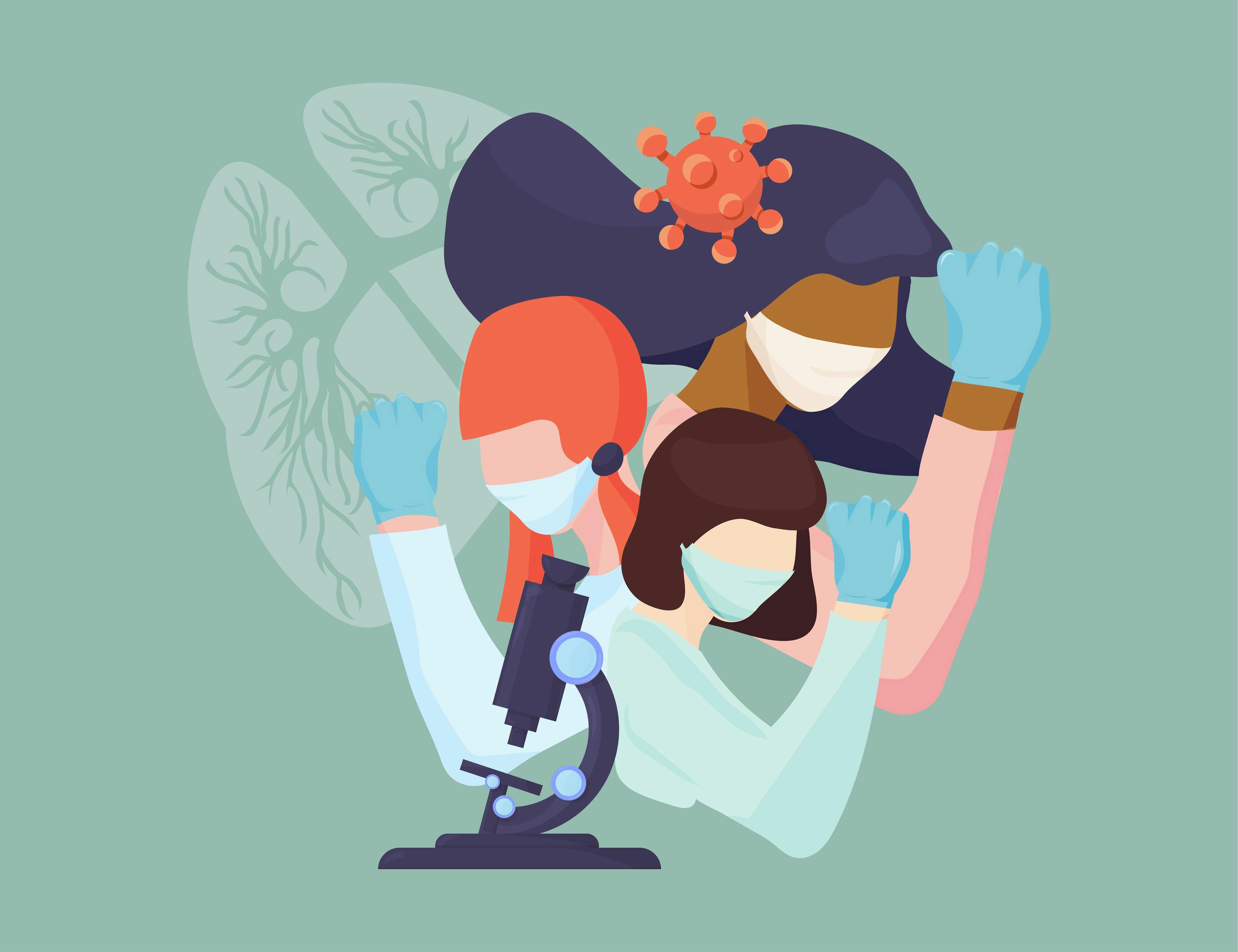She Separates—The Female Voices of Separation Science
I was fortunate to be raised in an environment where I was never told that I couldn’t do or study something just because I was a girl. I have, however, dealt with gender bias many times in my career, and know that it is something that I will continue to face in the future to some extent. From each experience, I try to learn and grow.
As a graduate student, I told myself I had to work extra hard to get my work published, be noticed, and make connections with prominent scientists.
As a postdoctoral scientist, I struggled with taking ownership of my science, often being perceived as an assistant to male scientists with whom I worked closely.
As a faculty member, I have made it my mission to share my passion for chemical separations with my students, and get them to dream big. I am a “cheerleader” for separation science, hoping to convince students how exciting this field can be.
While the programs I teach are heavily dominated by female students, I am very cognizant that many of my students don’t believe they could go to graduate school, or do other things well within their reach. They tell me they aren’t sure they can do it, and it breaks my heart every time. We host large events to expose them to women scientists, and I try to connect with every student in the classroom about what makes them excited. I meet one-on-one with students as much as possible, and remind them of their potential. I teach a class dedicated to the transition to life after college, and share my stories and emotions. Most of all, I believe fiercely in them until they are able to do so themselves.
In 2019, I was awarded the American Chemical Society’s Satinder Ahuja Award for Young Investigators in Separation Science. This award is given annually by the Subdivision for Chromatography and Separations Chemistry (SCSC), the subdivision responsible for this blog article (and where I now serve as an Executive Committee member). I was shocked and thrilled about the award and quickly went to the website to view the list of past winners. To my surprise, I was the first woman to receive this award since its inception in 2004. I am proud to be joined by another female on the list, Dr. Robbyn K. Anand, in 2020, and to know that this landscape is changing. The list will one day be populated by many women who become our future separation science leaders.
Come to think of it, I’m not aware of any awards in my field of work that are named after a female scientist. It is not because they have not made meaningful and celebrated advances in the field of separations chemistry. Perhaps this comes from historical, political, or geographical factors. I hope this landscape will also change some day.
I am fortunate to be connected with a network of powerhouse scientists (who also just happen to share the same sex as me). I have benefited from interactions with this amazing network in my career and do not take it for granted, because I know many women before me did not have such a privilege. I have always had colleagues to turn to when I had questions uniquely suited to women scientists. Today, I recognize these women for their valuable contributions to the field of separation science.
Maybe one day we will all be celebrating together the inaugural awardee for an “Erika Cremer Prize in Gas Chromatography.” Maybe blogs and events and discussions like this will help us to achieve some of our dreams for the future of separation science with a diverse and inclusive workforce. One thing is for sure: Women have always been, and will continue to be, a major driving force behind advancement in the field of separation science.
We are fortunate that the activities of the SCSC have helped to unite many women who are doing work in the field of separations, and to grow our networks. We are all extremely willing to network with others who may feel the benefit of this type of professional community, and hope you will join us at some of our future events.
Katelynn A. Perrault is an associate professor of Forensic Sciences and Chemistry at Chaminade University of Honolulu in Honolulu, Hawaii. Direct correspondence to: katelynn.perrault@chaminade.edu


The 2025 Lifetime Achievement and Emerging Leader in Chromatography Awards
February 11th 2025Christopher A. Pohl and Katelynn A. Perrault Uptmor are the winners of the 18th annual LCGC Lifetime Achievement and Emerging Leader in Chromatography Awards, respectively. The LCGC Awards honor the work of talented separation scientists at different stages in their career (See Table I, accessible through the QR code at the end of the article). The award winners will be honored during an oral symposium at the Pittcon 2025 conference held March 1-5, in Boston, Massachusetts.
USP CEO Discusses Quality and Partnership in Pharma
December 11th 2024Ronald Piervincenzi, chief executive officer of the United States Pharmacoepia, focused on how collaboration and component quality can improve worldwide pharmaceutical production standards during a lecture at the Eastern Analytical Symposium (EAS) last month.

.png&w=3840&q=75)

.png&w=3840&q=75)



.png&w=3840&q=75)



.png&w=3840&q=75)





